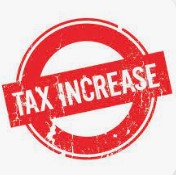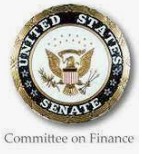
As we get ready to acknowledge the 5th anniversary of the US Supreme Court’s groundbreaking ruling in South Dakota v. Wayfair (June 2018), we wanted to revisit and summarize the ramifications of that decision as we sit here 5 years later. Small and mid-sized businesses are finding themselves in a tax landscape that continues to evolve due to the introduction of economic nexus laws over the last 5 years. It’s essential for these businesses to grasp and navigate these laws to stay compliant and steer clear of potential penalties. In this article, we’ll delve into the concept of economic nexus, discuss its impact on small and mid-sized businesses, and offer practical advice for successfully managing this intricate tax environment.
Understanding Economic Nexus
Definition and evolution of economic nexus laws
Economic nexus refers to the sufficient economic activity threshold that triggers a tax obligation for businesses in a particular state. These laws have evolved in response to the Wayfair case in 2018 and the growth of e-commerce and aim to capture tax revenues from remote sellers.
Factors determining economic nexus thresholds
States consider various factors when determining economic nexus thresholds, such as sales revenue, transaction volume, or a combination of both. These thresholds can vary from state to state, creating a complex compliance landscape for businesses operating across multiple jurisdictions.
Comparison of economic nexus vs. physical presence nexus
Traditionally, businesses were only required to collect and remit sales tax if they had a physical presence, such as employees, contractors, or a store or office, in a state. Economic nexus laws expand tax obligations to businesses that surpass the economic activity thresholds, regardless of physical presence. Fundamentally, this shift has significant implications for businesses operating in the digital marketplace.
Read More


















Recent Comments